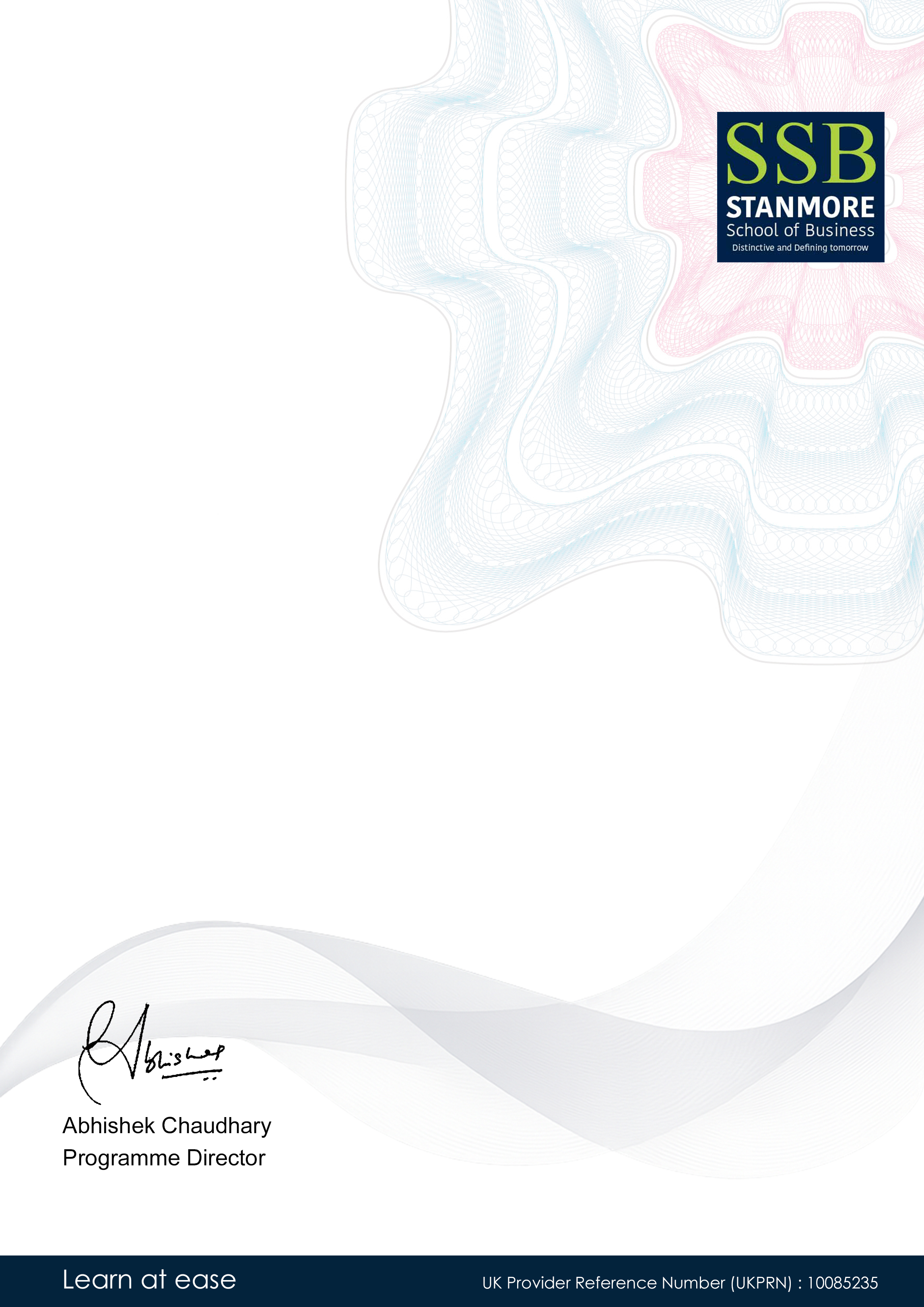Achieving Career Goals with Professional Certificate in Biophilic Design in Architecture: A Success Story
-- viewing nowBiophilic Design in Architecture: A Key to Unlocking Career Success Are you an architecture student or professional looking to enhance your skills and stay ahead in the industry? A Professional Certificate in Biophilic Design can be the game-changer you need. This certificate program is designed to equip learners with the knowledge and skills required to create sustainable and environmentally conscious buildings that promote well-being and productivity.
4,770+
Students enrolled
GBP 140
GBP 202
Save 44% with our special offer
About this course
100% online
Learn from anywhere
Shareable certificate
Add to your LinkedIn profile
2 months to complete
at 2-3 hours a week
Start anytime
No waiting period
Course details
Career path
| Role | Job Market Trend | Salary Range (GBP) | Skill Demand |
|---|---|---|---|
| Biophilic Design Consultant | High demand (40%) | £45,000 - £65,000 | Excellent |
| Green Building Architect | Stable demand (30%) | £50,000 - £80,000 | Good |
| Sustainable Design Specialist | Growing demand (20%) | £35,000 - £55,000 | High |
| Environmental Consultant | Low demand (10%) | £30,000 - £50,000 | Low |
Entry requirements
- Basic understanding of the subject matter
- Proficiency in English language
- Computer and internet access
- Basic computer skills
- Dedication to complete the course
No prior formal qualifications required. Course designed for accessibility.
Course status
This course provides practical knowledge and skills for professional development. It is:
- Not accredited by a recognized body
- Not regulated by an authorized institution
- Complementary to formal qualifications
You'll receive a certificate of completion upon successfully finishing the course.
Why people choose us for their career
Loading reviews...
Frequently Asked Questions
Course fee
- 3-4 hours per week
- Early certificate delivery
- Open enrollment - start anytime
- 2-3 hours per week
- Regular certificate delivery
- Open enrollment - start anytime
- Full course access
- Digital certificate
- Course materials
Get course information
Earn a career certificate

